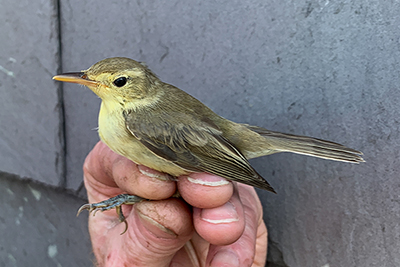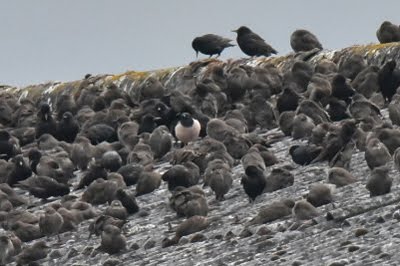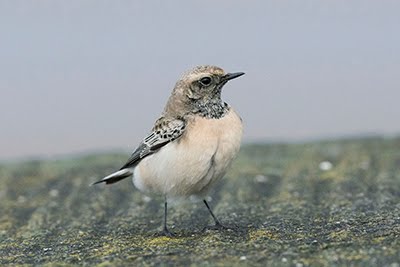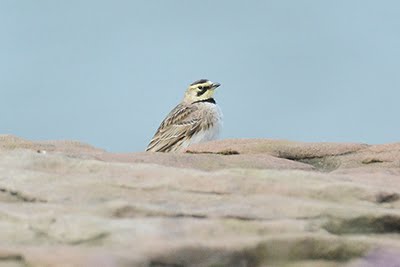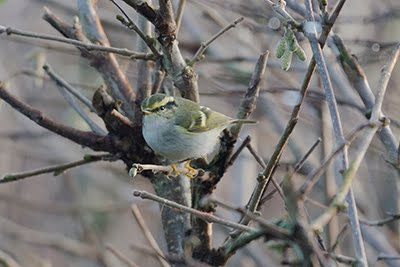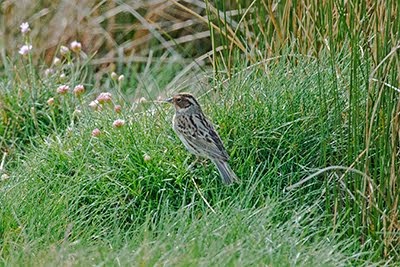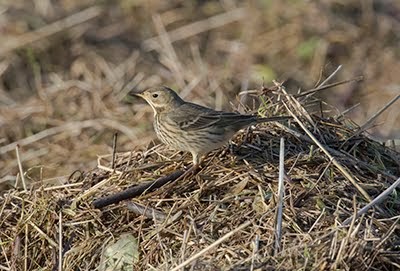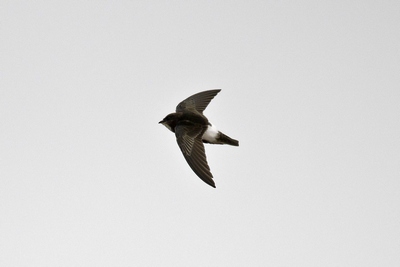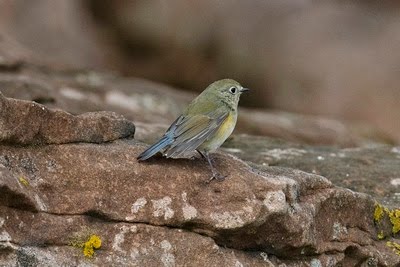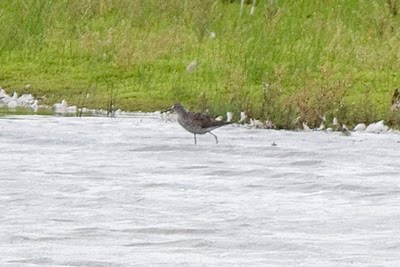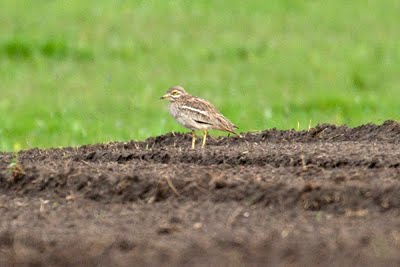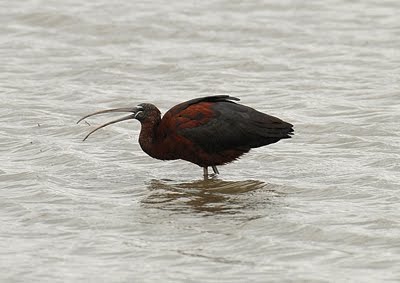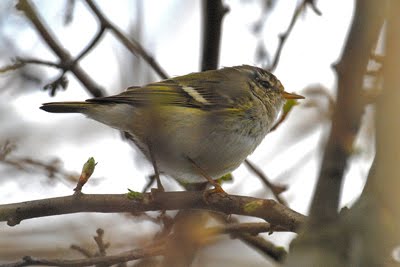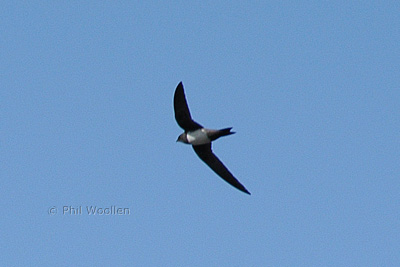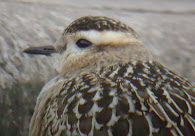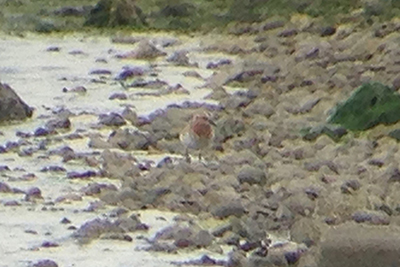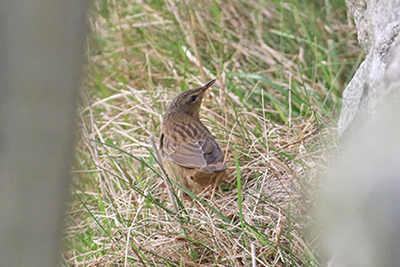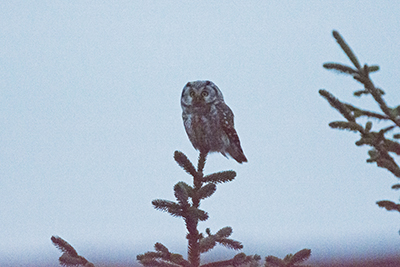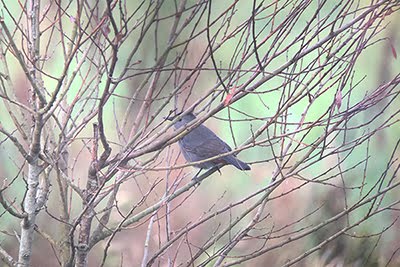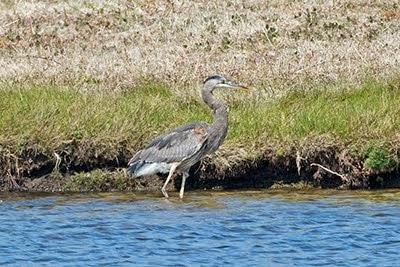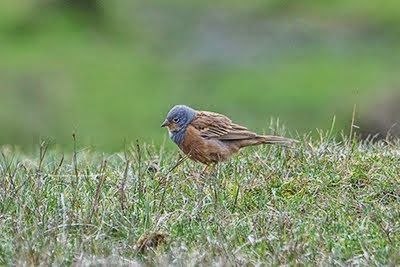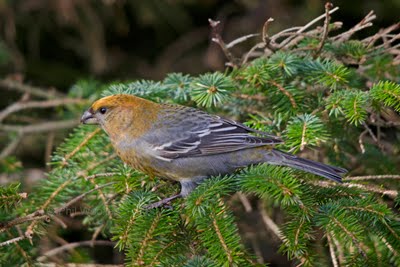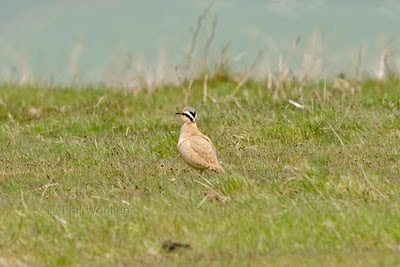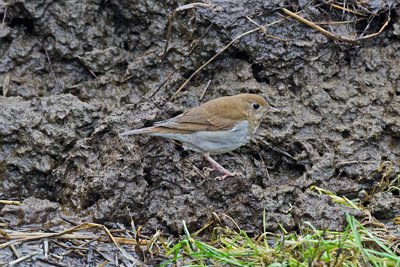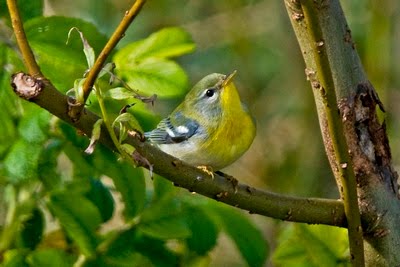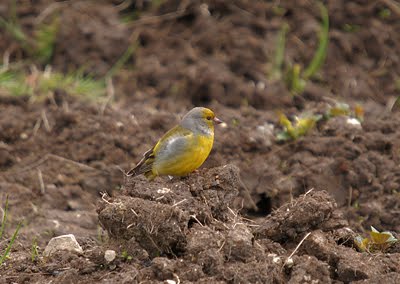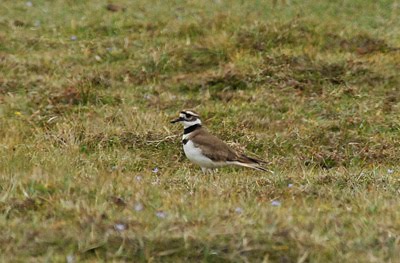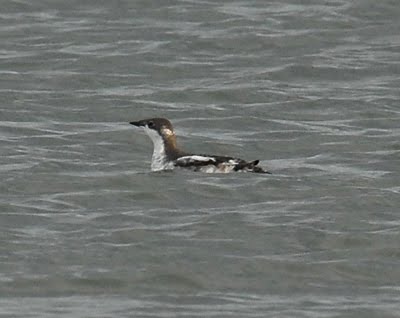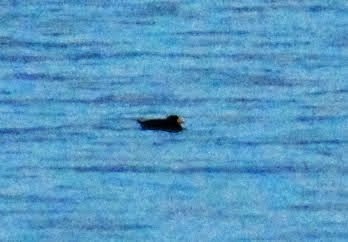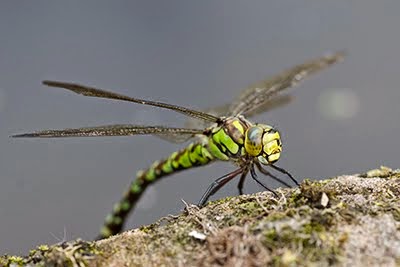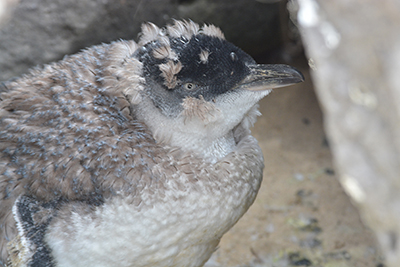Friday night saw us at Chester races in the rain celebrating my sister in laws birthday and I was surprised to see so many House Martins swooping low over the course. There were several hundred but I couldn't see any insect life flying around but something must have attracted them. By contrast the weather improved Saturday but it meant a day spent in the garden tidying up rather than birding. It wasn't until Sunday that I managed to get across to Hilbre for a few hours after the tide where I met up with Derek, Steph and volunteer warden John.
Not much to report as far as passerines are concerned but we did have a nice adult Kittiwake of the north end before the crowds arrived.
Waders are beginning to return after what must be assumed to be a dismal breeding season and a flock of 11 Whimbrel flew in off the north end and rested for a short time on the east side.
A few of the scarcer plants on Hilbre are in flower with both Rock Sea Spurrey and the endemic sub species,
celticum, of Rock Sea Lavender that is found in only 5 places in the UK. Other plants very obvious at the moment are Sea Purslane which is an evergreen shrub and Bird's-foot Trefoil. I remember doing a project at University about the cyanide content of the redder flowers of Bird's-foot Trefoil and how it may be commoner in wetter areas as protection against slugs & snails. For some information on the plants dirty cyanide bombs see
here.
Burnet moths may also feed on this plant and utilise the cyanide compounds for their own defence - see
here.
All clever stuff designed to keep us amused during the quiet migration months. After a few hours and with visitor numbers increasing by the minute we left and I managed a couple of hours local birding at Frodsham No. 6 tank where an odd looking Black-tailed Godwit had caused some consternation.


